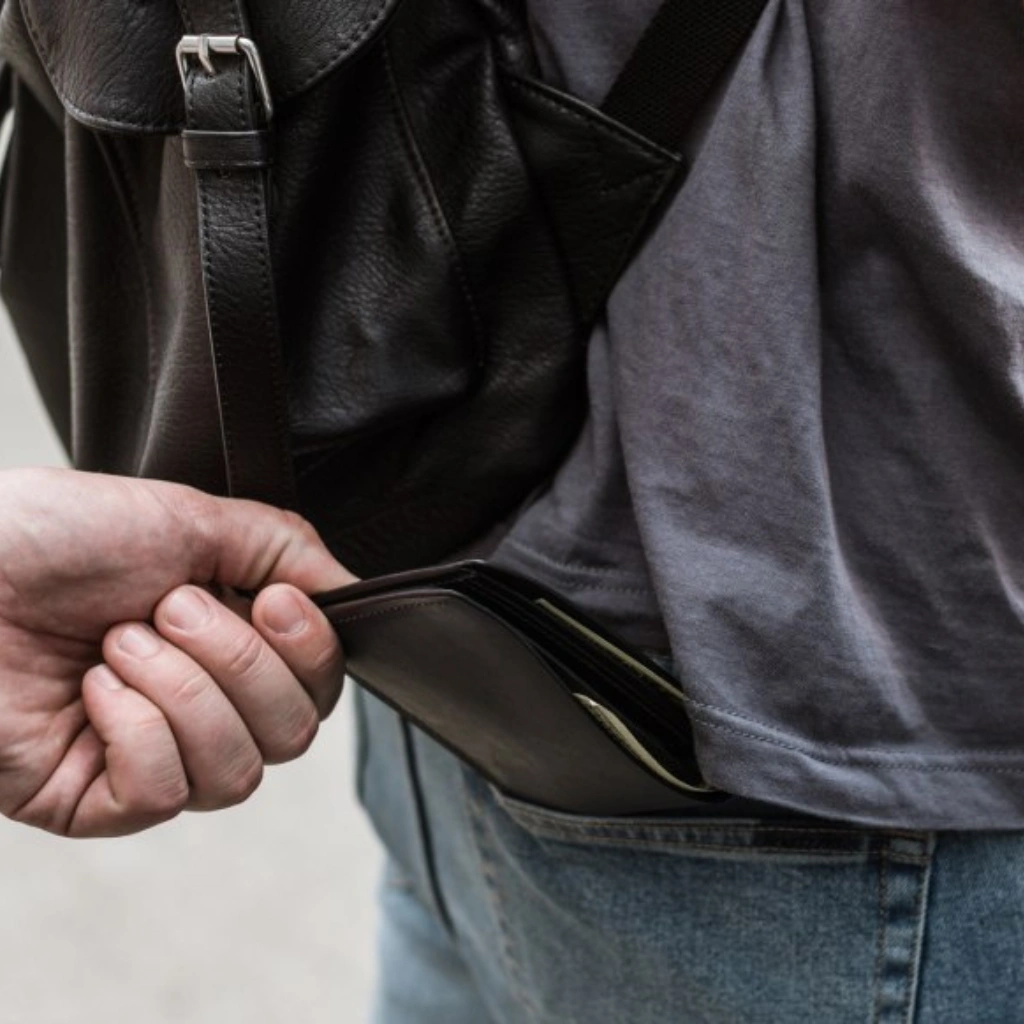What to Do If Your Wallet Gets Hacked? A Real-World Wallet Hack Response Guide
Let’s be real—wallet hack response isn’t something most of us think about… until it happens. Maybe your phone buzzes with a “suspicious login” alert. Maybe you just noticed a weird crypto transfer. Or, in the worst case, your digital wallet is wiped before you even realize what’s going on.
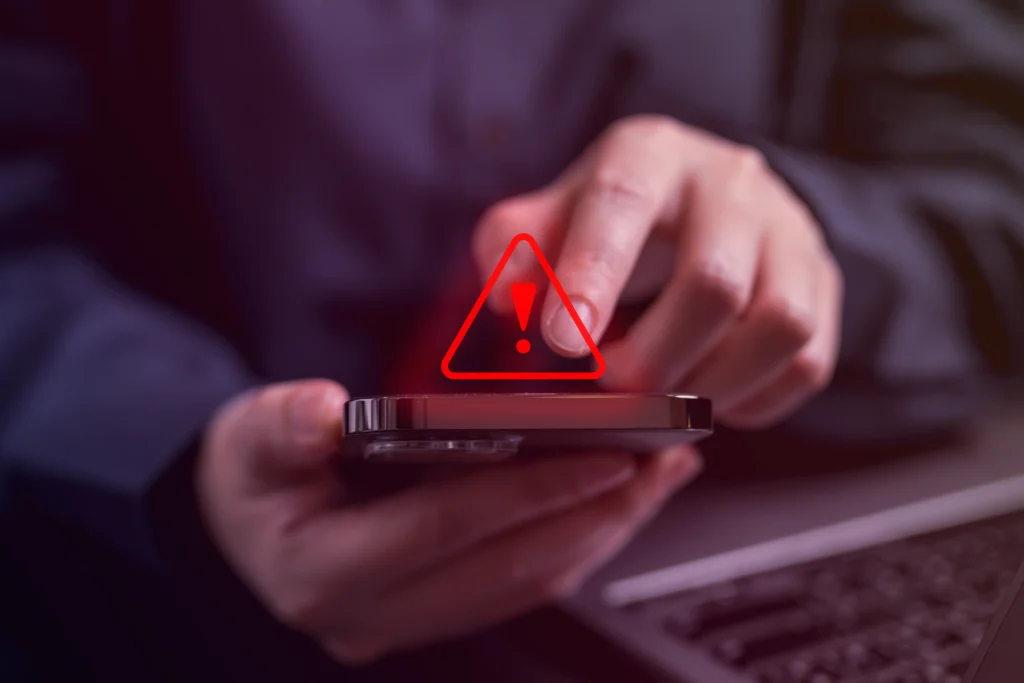
It’s scary stuff. But here’s the good news: you’re not powerless. This guide isn’t about doom and gloom—it’s about taking calm, smart steps after a wallet hack, and learning how to make yourself a tougher target in the future.
Step One in Any Wallet Hack Response? Freeze the Damage
First thing’s first: lock everything down—fast. If you have access to the wallet, log in and revoke permissions for any suspicious apps or devices. If your funds were stored with a third-party service (like a crypto exchange), contact their support immediately. Many have internal protocols for freezing accounts under threat.
Don’t forget:
- Change your passwords (and please—make them stronger this time).
- Enable 2FA (two-factor authentication) if it wasn’t on already.
- Use a different device to do all this, if you suspect malware.
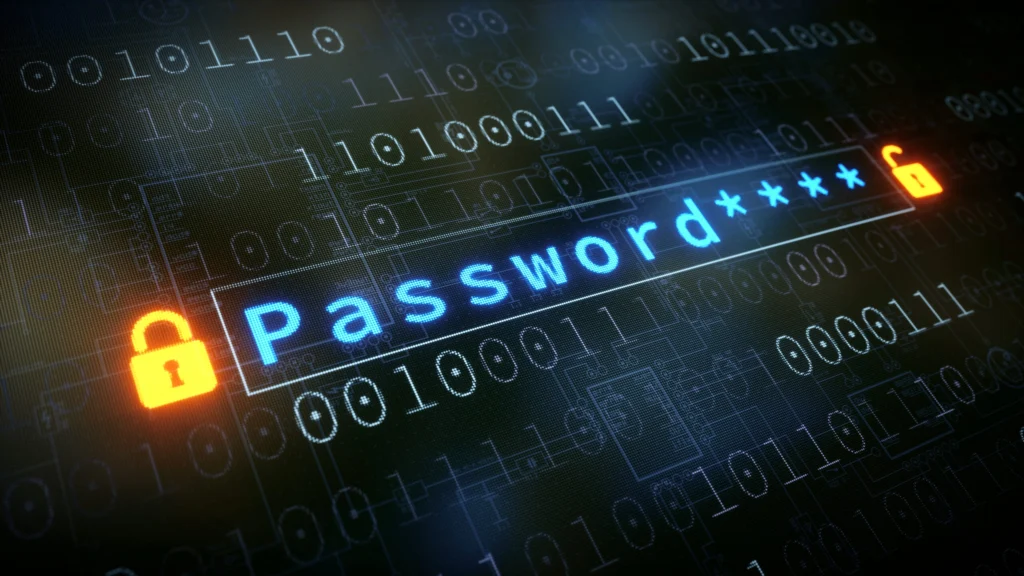
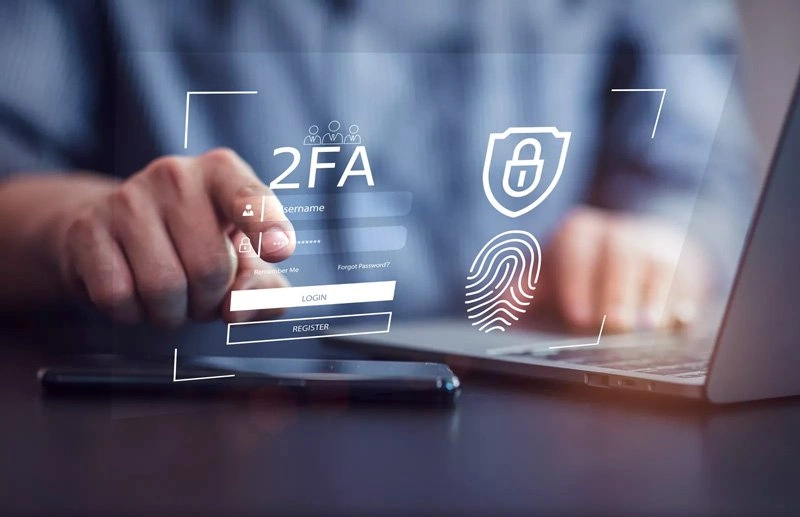
Sounds intense? It is. But it’s worth acting quickly—even if you’re unsure what’s been compromised. You’d rather overreact than under-react here.
Next: Report the Hack—Yes, Even If It Feels Futile
Now, this part might feel pointless… but it’s not. Report the incident to relevant authorities. If crypto’s involved, contact services like Chainabuse or the wallet provider directly. For traditional digital wallets (like Apple Pay, PayPal, etc.), most have built-in support teams and fraud protection programs.
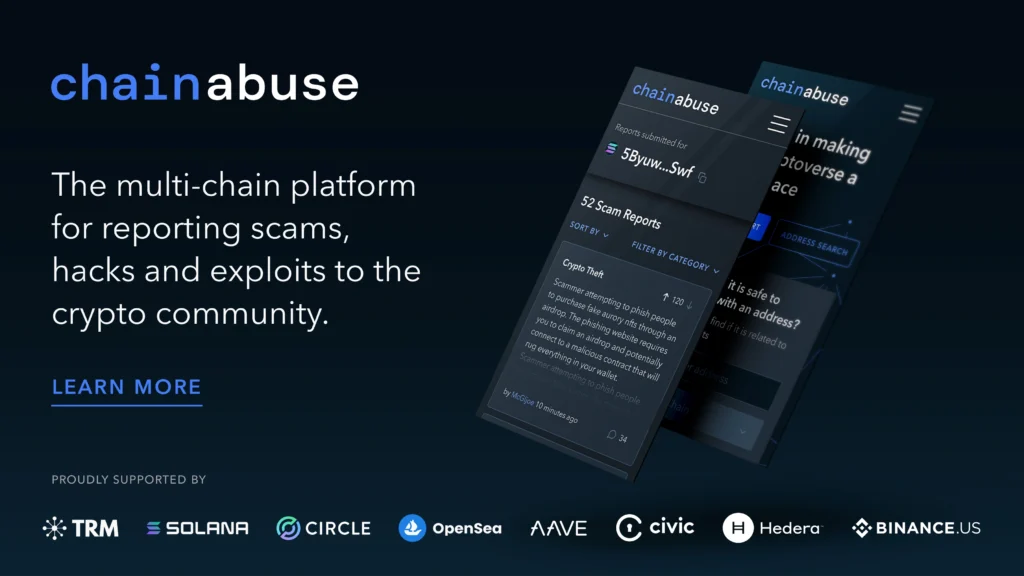
Why bother?
Well—some platforms can flag and freeze stolen assets if reported early. Law enforcement might not always recover the funds, but they can help build patterns and data around these hacks. And let’s be honest, adding a layer of official documentation never hurts, especially for identity theft or insurance claims.
Wallet Hack Response Means Thinking Long-Term, Too
After the initial panic settles, you’ll want to shift into prevention mode. Here’s where the wallet hack response turns from reaction to strategy.
- Audit your devices — A full malware and spyware scan is a must.
- Review app permissions — Those “sketchy” free apps might’ve had more access than you realized.
- Diversify your holdings — Don’t keep all your assets in one wallet. Spread risk across cold storage, exchanges, or multi-sig wallets.
- Use hardware wallets for anything long-term. Yes, they cost money. But so does getting hacked.
And one more thing—don’t trust every link or DM. It sounds obvious, but social engineering is still one of the top ways people get compromised. Hackers play the long game. Be skeptical, even if it feels annoying.
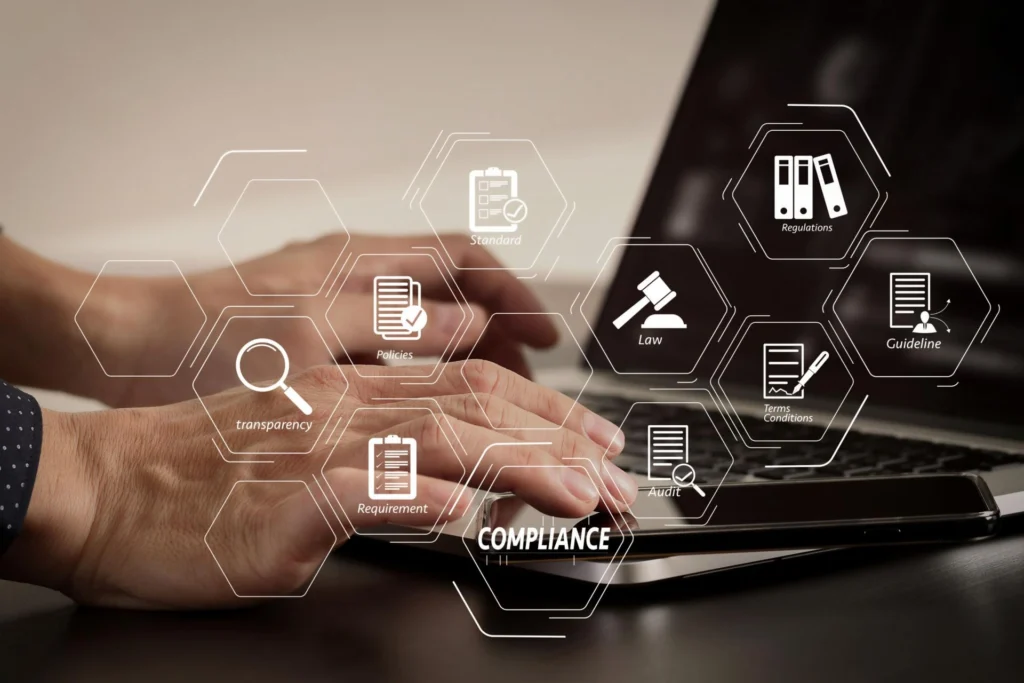
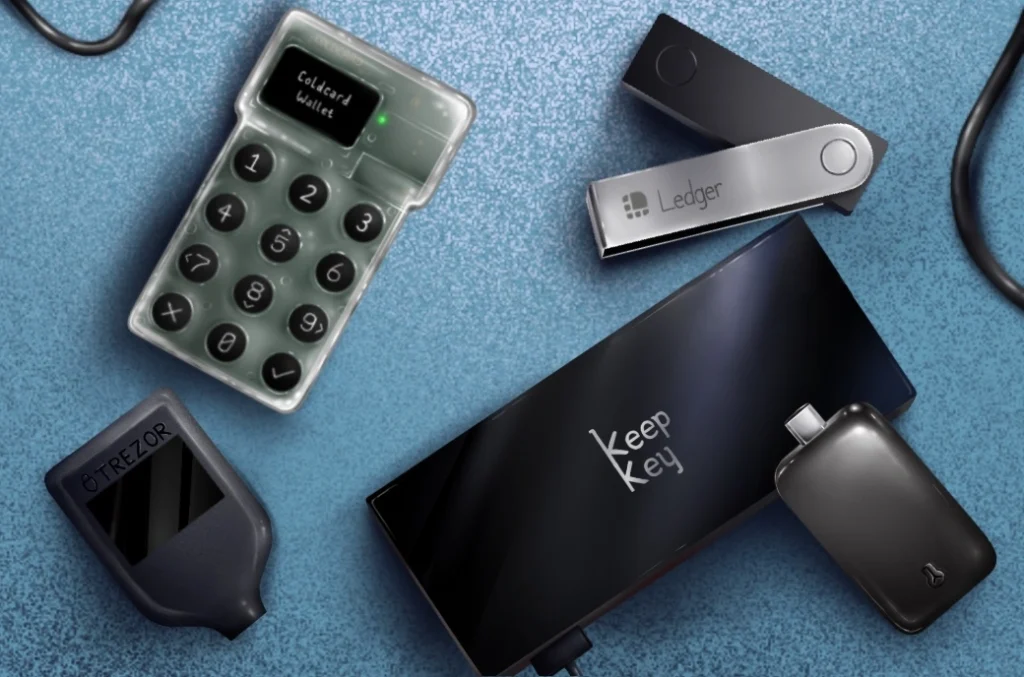
Final Thoughts: Wallet Hack Response Isn’t Just a Checklist—It’s a Wake-Up Call
So yeah, your wallet got hacked. That sucks. But it also happens… more often than most people want to admit. It’s not always your fault, but how you respond? That’s fully in your hands.
This whole wallet hack response thing isn’t just about restoring what was lost. It’s about reshaping how you think about digital security. Because the truth is—if you use digital wallets, you’re already a target. The goal isn’t to be invincible. It’s to be harder to hack than the next person.
Take the loss (if any), learn from it, tighten your defenses, and move forward. You’ve got this.
Relevant news: here

